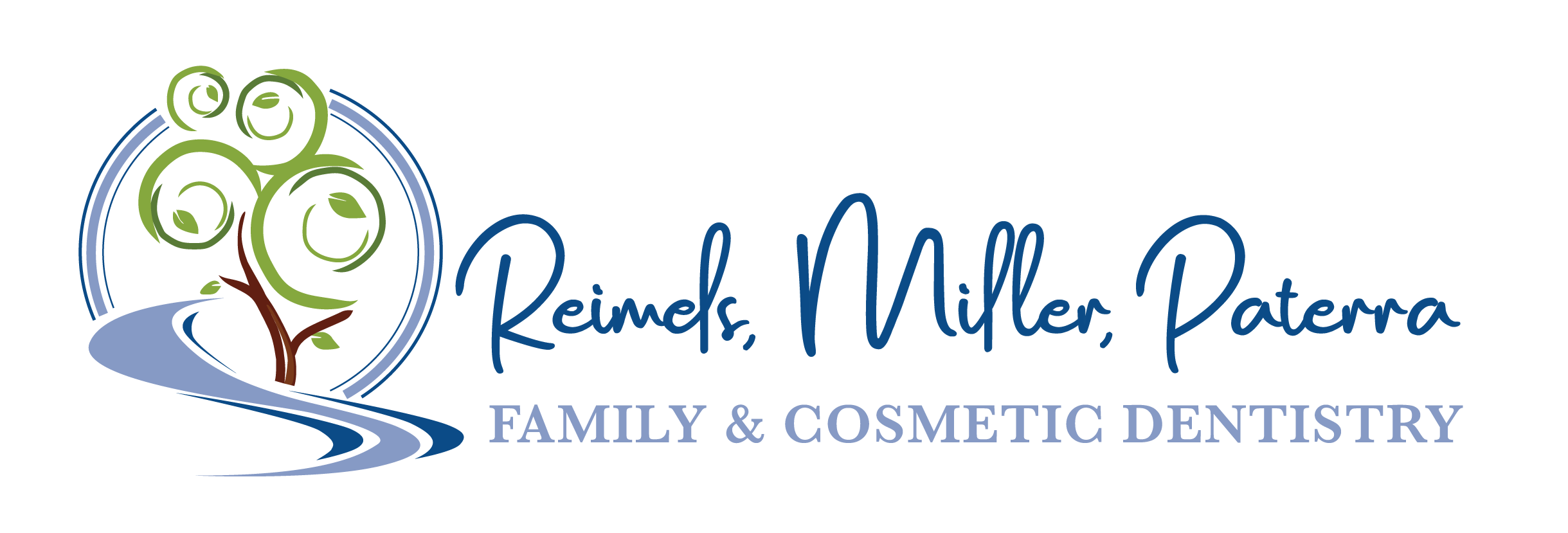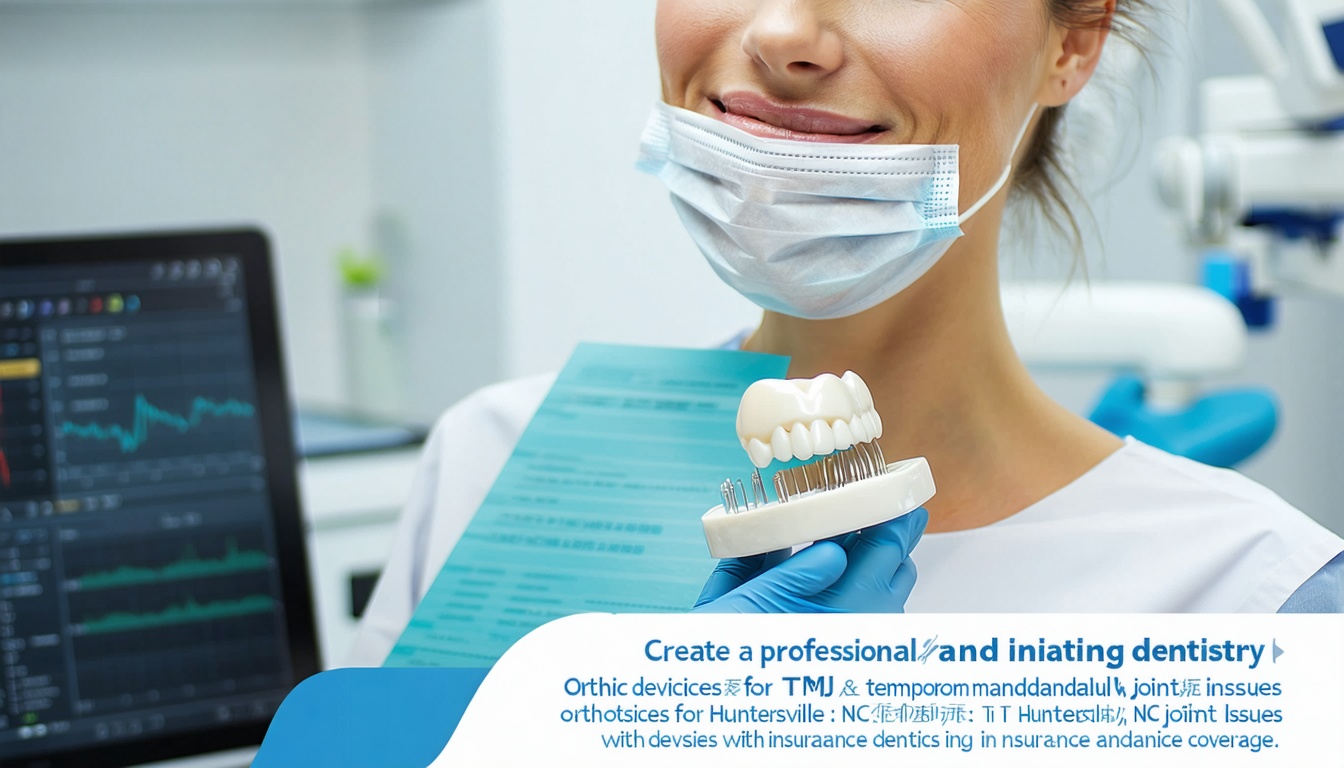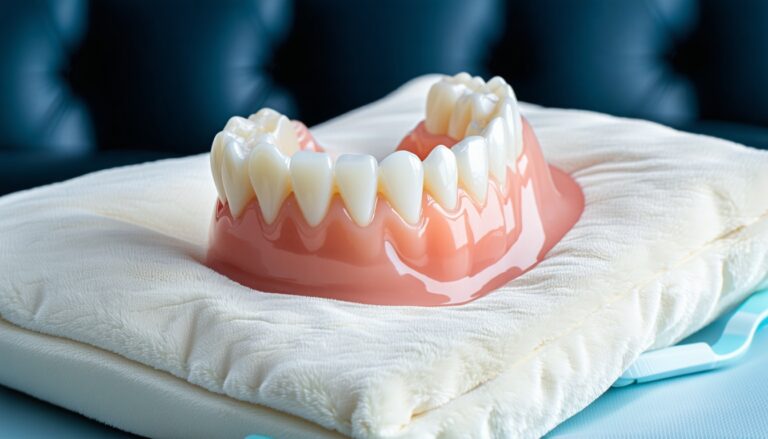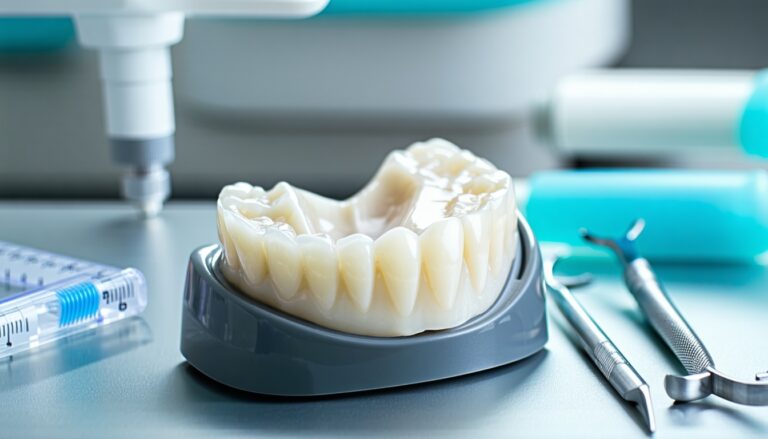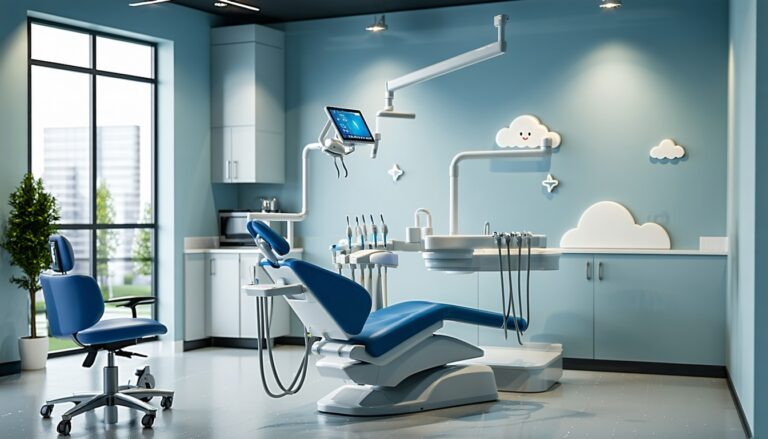Comprehensive Dental Services Overview
Range of Dental Offerings
For those in Huntersville, NC seeking premium full-service dentistry, understanding the comprehensive range of dental offerings is essential. A top-tier dental practice provides a multitude of services to address various dental needs and health issues. These services include aesthetic enhancements, restorative procedures, and treatment for complex conditions like TMJ/TMD.
| Service Type | Description |
|---|---|
| Preventive Care | Regular check-ups, cleanings, and fluoride treatments to maintain oral health. |
| Cosmetic Dentistry | Procedures like teeth whitening, veneers, and bonding to enhance the appearance of your smile. |
| Restorative Dentistry | Implants, crowns, and bridges to restore function and aesthetics to damaged or missing teeth. |
| Orthodontics | Traditional braces and Invisalign for correcting misaligned teeth. |
| TMJ/TMD Treatment | Custom orthotic devices and other advanced treatments for jaw pain and dysfunction. |
| Endodontics | Root canals to treat infected or damaged teeth. |
| Sleep Apnea Solutions | Custom oral appliances for managing sleep-related disorders. |
For more details on specific treatments like implants, veneers, and root canals, visit our section on comprehensive cosmetic & restorative care.
Importance of Advanced Treatments
Advanced treatments play a pivotal role in enhancing the quality of dental care. By incorporating sophisticated techniques and modern technology, dental practices can offer solutions that are both effective and minimally invasive.
- Better Diagnoses and Treatments: Advanced imaging (like 3D CBCT scans) and diagnostic tools allow for more accurate detection and treatment of dental issues.
- Minimally Invasive Procedures: Technologies such as laser dentistry minimize discomfort and reduce recovery times.
- Custom Orthotic Appliances: For TMJ/TMD relief, custom dental appliances can alleviate pain and prevent long-term complications. Explore orthotic devices for TMJ.
It’s also crucial to be aware of insurance coverage for TMJ/TMD. Some advanced treatments like custom dental appliances or surgical procedures may not be fully covered (Springfield Smile Doctor). Utilizing tools such as Health Savings Accounts (HSA) or Flexible Spending Accounts (FSA) and funding options like CareCredit can be beneficial (Springfield Smile Doctor).
For more information on TMJ treatment covered by insurance, visit our section on TMJ disorder treatment covered by Aetna.
To maximize your dental insurance benefits and ensure coverage for high-quality treatments, check out our guides on handling insurance denials and claims and strategies for maximizing coverage. For specific TMJ insurance questions, refer to our dedicated resources on Delta Dental TMJ coverage approved providers and MetLife insurance TMJ specialist.
Understanding TMJ/TMD and Insurance Coverage
Temporomandibular Joint (TMJ) disorders, also known as Temporomandibular Disorders (TMD), can cause significant discomfort and impact your quality of life. Understanding the nuances of insurance coverage for TMJ/TMD treatments is essential for maximizing your benefits and minimizing out-of-pocket expenses.
Insurance Coverage for TMJ/TMD
Insurance coverage for TMJ/TMD can vary significantly based on your provider and policy. Companies like Blue Cross Blue Shield, MetLife, and Aetna offer some level of coverage for TMJ-related treatments. Coverage often includes initial consultations, diagnostic procedures, and some basic treatments. For specifics on coverage, you can refer to tmj disorder treatment covered by aetna, tmd therapy with blue cross blue shield insurance, and metlife insurance tmj specialist.
| Provider | Typical Coverage |
|---|---|
| Blue Cross Blue Shield | Diagnostic procedures, basic treatment |
| MetLife | Consultations, diagnostic procedures |
| Aetna | Initial evaluations, basic treatment |
It is crucial to contact your insurer directly to understand what specifics are covered under your plan. It’s also recommended to look into in-network providers, which may lower your overall costs. For this, you can find an in-network tmj dentist for jaw pain.
Limitations of Insurance for Advanced TMJ Care
Advanced TMJ treatments often come with several limitations in terms of insurance coverage. Procedures such as custom orthotic devices, specialized therapies, and surgeries may not be fully covered, requiring careful financial planning. According to the Springfield Smile Doctor, many sophisticated treatments are unfortunately not covered extensively.
| Treatment Type | Insurance Coverage |
|---|---|
| Custom Orthotics | Partial |
| Surgical Procedures | Limited |
| Specialized Therapies | Minimal |
Given these limitations, leveraging Health Savings Accounts (HSA) and Flexible Spending Accounts (FSA) can be advantageous. Additionally, understanding how to handle insurance claims and denials can maximize your benefits. For detailed guidance on coverage and navigating insurance complexities, see our resources on handling insurance denials and claims.
Ultimately, comprehending your insurance policy and utilizing all available resources will help in managing TMJ/TMD effectively while minimizing financial strain. Exploring other aspects such as tmd therapy with blue cross blue shield insurance and tmj bite guard covered by insurance can further aid in orchestrating comprehensive TMJ care.
Custom Orthotic Devices for TMJ Relief
For those suffering from TMJ disorders, custom orthotic devices offer a viable solution to alleviate pain and improve jaw function. These devices are designed to address the specific needs of each individual, making them a preferred choice over generic, over-the-counter options.
Orthotic Device Function
An orthotic appliance works by taking pressure off the temporomandibular joint, a known source of TMJ pain. This relief comes through several mechanisms:
- Muscle Relaxation: The device helps relax the affected muscles, reducing tension and spasms.
- Jaw Repositioning: It aids in guiding the jaw into its optimal position, improving alignment and alleviating discomfort.
- Pressure Distribution: Properly fitted orthotics distribute pressure evenly across the jaw, reducing inflammation and chronic pain.
- Chewing Efficiency: Ensures correct muscles are used in chewing, contributing to overall better oral function.
These devices typically require continuous wear for several months to achieve significant results.
Benefits of Orthotic Appliances
Custom orthotics provide numerous benefits for patients suffering from TMJ issues. These benefits often make them an essential component of comprehensive dental care:
- Personalized Fit: Unlike generic mouthguards, custom-made orthotics are tailored to the individual’s dental and jaw structure, offering optimal comfort and effectiveness.
- Reduction in Pain and Inflammation: Many patients report significant relief from pain and inflammation within weeks of using these appliances.
- Improved Jaw Function: By ensuring correct muscle usage and improving alignment, these devices enhance overall jaw function (TMJ & Sleep Therapy Centre of San Diego).
- Protection Against Grinding: Custom orthotics can protect teeth from grinding damage, a common issue for those with TMJ disorders (Dr. Skale).
Understanding these benefits can help you make an informed decision regarding your TMJ treatment. For detailed information on coverage options, you can explore our resources on tmj disorder treatment covered by aetna and tmd therapy with blue cross blue shield insurance.
| Benefit | Description |
|---|---|
| Personalized Fit | Custom-made based on individual dental and jaw structure |
| Pain Reduction | Provides relief from TMJ pain and inflammation |
| Improved Function | Enhances jaw alignment and chewing efficiency |
| Protection | Safeguards teeth from grinding damage |
For more insights into other advanced treatments covered by your insurance, visit our sections on orthotic device for tmj with insurance coverage.
Custom orthotics are an investment in your long-term dental health, providing relief from TMJ discomfort and enhancing overall jaw functionality. To learn more about the options available and how to maximize your insurance benefits, check our guide on does insurance cover tmj therapy.
Types of Orthotic Appliances
When it comes to managing TMJ disorders, selecting the appropriate orthotic appliance is crucial for achieving effective relief. There are two primary types of orthotic appliances used for TMJ treatment: stabilization splints and repositioning appliances.
Stabilization Splints
Stabilization splints, also known as bite guards or night guards, are designed to protect the teeth and reduce the strain on the jaw muscles. These splints are typically worn at night and help in preventing clenching and grinding, which can exacerbate TMJ symptoms. They work by taking pressure off the temporomandibular joint and allowing the surrounding muscles to relax (Headache & TMJ Center of New Jersey).
Key benefits of stabilization splints include:
- Reduced muscle tension
- Decreased jaw joint stress
- Prevention of dental wear and tear
For those looking to utilize their dental insurance for these appliances, it’s essential to understand the coverage details. Insurance plans like Delta Dental and BCBS often cover these devices. To maximize your benefits, ensure that the splint is deemed medically necessary by your provider.
Repositioning Appliances
Repositioning appliances are custom-made orthotic devices designed to realign the jaw to its correct position. These devices help in repositioning the patient’s bite, which is often the root cause of TMJ symptoms. They are generally worn 24/7 for a period of four to six months (Headache & TMJ Center of New Jersey).
The benefits of using repositioning appliances include:
- Improved jaw alignment
- Enhanced head posture and balance
- Reduced TMJ pain and discomfort
Repositioning appliances are adjusted monthly to adapt to changes in the bite over time. These devices are worn on the lower teeth and are nearly invisible, making them less noticeable in public settings.
Here’s a quick comparison of the two types of orthotic appliances:
| Feature | Stabilization Splints | Repositioning Appliances |
|---|---|---|
| Wear Time | Mostly at night | 24/7 |
| Purpose | Protect teeth, reduce muscle tension | Realign jaw, improve posture |
| Duration of Use | Long-term, as needed | 4-6 months |
| Visibility | Low (night use) | Low (clear and fitted) |
| Insurance Coverage | Typically covered | Typically covered |
| Adjustments | Minimal adjustments needed | Monthly adjustments required |
For detailed information on insurance policies covering these devices, visit our pages on TMJ bite guard covered by insurance and TMD therapy with Blue Cross Blue Shield insurance.
Utilizing orthotic devices can significantly improve your quality of life by alleviating TMJ symptoms. Understanding the types available and their specific benefits will help you make an informed choice. Additionally, by maximizing your insurance benefits, you can ensure effective and affordable treatment. For more information on handling insurance claims and maximizing coverage, explore our section on strategies for maximizing coverage.
Maximizing Insurance Benefits for TMJ Treatment
Understanding how to maximize your insurance benefits can make a significant difference in managing TMJ (Temporomandibular Joint) treatment costs. Given that orthotic devices for TMJ with insurance coverage can be complex, strategic approaches are essential.
Strategies for Maximizing Coverage
-
Know Your Policy: Each insurance provider and policy can vary greatly in what they cover for TMJ treatment. Familiarize yourself with your insurance policy to identify covered services. For example, insurance-approved occlusal splint for TMJ might be included under some policies.
-
Detailed Documentation: Keep thorough records of all medical visits, prescriptions, and treatments related to TMJ. Detailed documentation can support your claims and provide necessary information if an insurance denial occurs.
-
Speak to a Benefits Coordinator: Regular communication with your insurance company’s benefits coordinator can clarify what’s covered. Specific insurers such as MetLife, BCBS, and Aetna offer varying degrees of coverage.
-
Request a Pre-Authorization: Before starting any treatment, request a pre-authorization from your insurer. This step ensures that the treatments are covered and can prevent unexpected out-of-pocket expenses.
-
In-Network Providers: Always choose in-network TMJ dentists to minimize costs. Out-of-network services often result in higher fees and reduced coverage.
| Insurance Provider | Coverage Details |
|---|---|
| Aetna | Coverage varies, pre-authorization recommended |
| MetLife | May cover custom devices |
| BCBS | Often covers with pre-authorization |
| United Healthcare | Consult a benefits coordinator |
| Delta Dental | Typically covers splints and guards with documentation |
Handling Insurance Denials and Claims
Despite best efforts, insurance claims for TMJ treatment can sometimes be denied. Here’s how to handle insurance denials:
-
Review the Denial Letter: Understand the specific reasons for the denial. Insurers, including Delta Dental and United Healthcare, must provide reasons for their decision.
-
Contact a Claims Supervisor: If initial conversations with customer service don’t resolve the issue, escalate it to a claims supervisor. Be prepared to provide detailed notes from previous interactions.
-
File an Appeal: Utilize the appeals process outlined in your health and dental plans. Insurers, including Aetna, have specific procedures for appealing denied claims TMJ Association.
-
Seek Legal Advice: In some cases, consulting an attorney who specializes in health insurance claims can provide a stronger case for your appeal. Quality research and evidence can be crucial TMJ Association.
-
Explore Alternative Funding Options: If insurance coverage remains limited, some dental practices offer payment plans or financing options. In cases of severe need, some public health clinics may provide assistance.
By understanding your insurance policy, communicating effectively with benefits coordinators, and knowing how to handle denials, you can maximize your insurance benefits for TMJ treatment. For specific instances like obtaining a TMJ bite guard covered by insurance or securing BCBS approval, preparation and persistence are key.
Long-Term Impact of TMJ Disorders
Importance of Early Intervention
Untreated TMJ disorders can significantly worsen over time. Chronic pain, tooth damage, and joint deterioration are common long-term complications. Early intervention with treatments like custom TMJ orthotics is crucial in preventing these issues. According to Dr. Skale, addressing symptoms early can protect your jaw and overall dental health.
The National Institute of Dental and Craniofacial Research states that over 10 million Americans suffer from TMJ disorders. Despite the prevalence, fewer than 50% seek treatment, often due to costs or insurance limitations. Custom orthotic devices play a crucial role in repositioning the patient’s bite, which can alleviate TMJ symptoms. For those considering long-term solutions, there is even an option for a permanent orthotic, providing ongoing posture and muscular stability (TMJ Pain Center).
Preventing Long-Term Complications
Early and appropriate treatment of TMJ disorders not only alleviates immediate symptoms but also prevents long-term complications. Without treatment, issues such as misalignment of the jaw, increased stress on teeth, and chronic headaches can develop.
Orthotic appliances, customized for individual needs, can reposition the bite and provide relief. Thousands of TMJ sufferers have adjusted well to orthotics and become asymptomatic (TMJ Pain Center). Investing in early treatment options like these can mitigate severe complications down the line.
In Huntersville, North Carolina, quality care is available with comprehensive options covered by insurance (does insurance cover tmj therapy). Visit an in-network TMJ dentist for jaw pain for evaluation and treatment options. For those with BCBS insurance, exploring approved treatments can ensure you receive the best care while maximizing your insurance benefits.
| Long-Term Complications | Risk Without Early Treatment |
| Chronic pain | High |
| Tooth damage | High |
| Joint deterioration | High |
| Headaches | Medium |
| Jaw misalignment | Medium |
Proper management, utilizing orthotic devices covered by insurance, can prevent severe long-term issues and maintain overall dental health. For more information on preventative measures, connect with a jaw pain specialist using Aetna dental plan.
